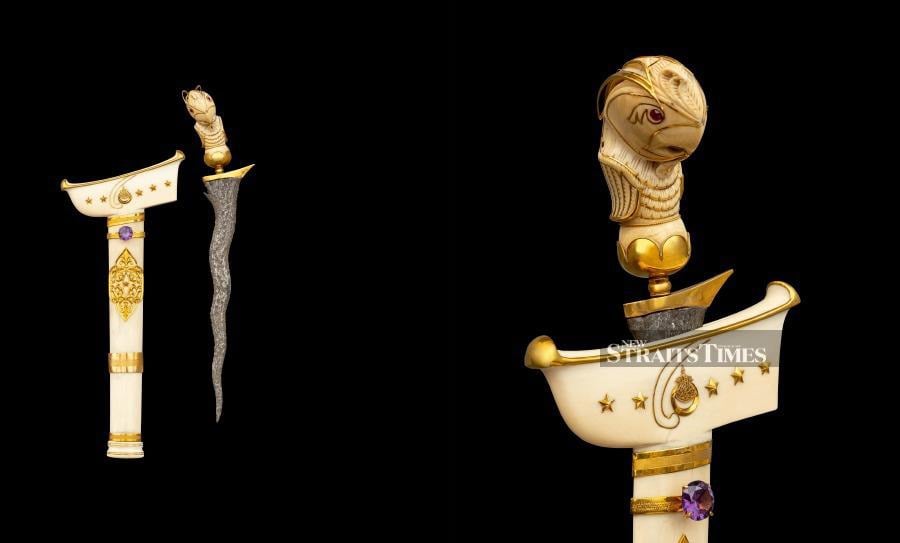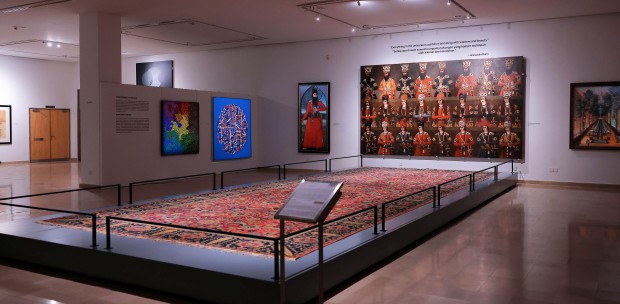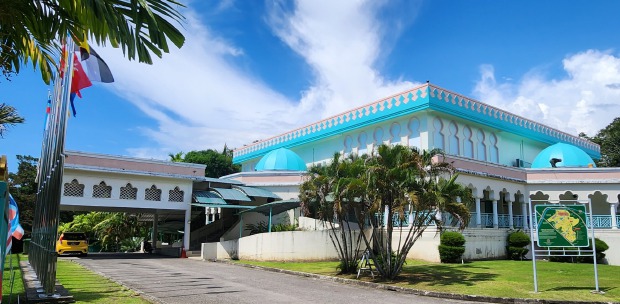KERIS are so wrapped in mystery that they have failed to receive the proper recognition of art history. Instead, they have become weapons with a narrow cultural appeal and sometimes a political edge, occasionally descending into items of occult interest. As with so much else from Southeast Asia, they seldom make it into auctions of Islamic art or museums with the same focus.
The recent Malaysia-funded revamp at the British Museum saw some improvement in the showing from the Malay world. Closer to home, of course, we have the Islamic Arts Museum Malaysia.

Elsewhere, keris are either "ethnographic" or overlooked entirely. The Museum of Islamic Art in Qatar has in theory attracted hordes of football fans with an interest in world culture as well as the World Cup. They would have been disappointed by the absence of keris on display in Doha.
For the first time that I can remember, the full glories of the keris have been unsheathed at an exhibition. "Keris: Power and Identity" delivers the message through the objects themselves, as well as the display and, above all, the information provided.
The accompanying book goes even further in informing the reader and has photography so impressive, maybe other museums around the world will take a second look in their storerooms and see how to transform their no-doubt tarnished arsenal.
The exhibition title sums up the place of the dagger in regional heritage. As the contents show, its appeal is more than psychological. This is surely the most tactile of weapons. Not only does the blade have a feel unlike any other, the scabbard and the hilt are made of materials that are both practical and sensual. Although their shapes and sizes vary, they all share an unmistakable silhouette that works well as a substitute for sculptural forms in a region that once abounded in human imagery.
FRONTIERS IN CONSTANT FLUX
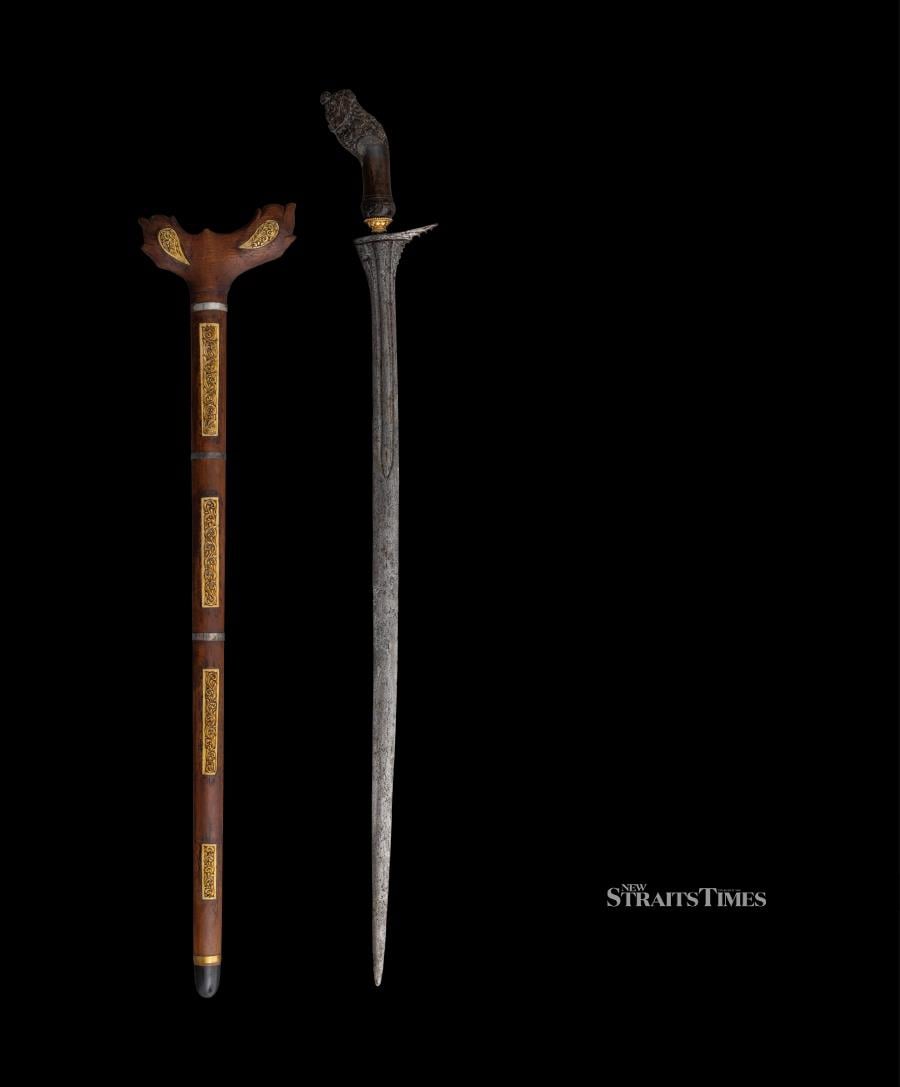
Since the arrival of Islam, the abstraction of figural representations had eroded the old meanings. This was a slow process. In the end, the only trace of hilts that honoured Hindu deities were shapes that are hotly contested by two camps: there are those who clearly see vestiges of the distant past and those who don't. Bali is the location that nobody can question as a stronghold of pre-Islamic traditions.
This exhibition is the most comprehensive survey of a weapon that is ubiquitous within the Malay archipelago and beyond. It's a reminder of a time when the frontiers between kingdoms were in a constant state of flux — nothing like the peace and harmony of life within Asean that we tend to take for granted.
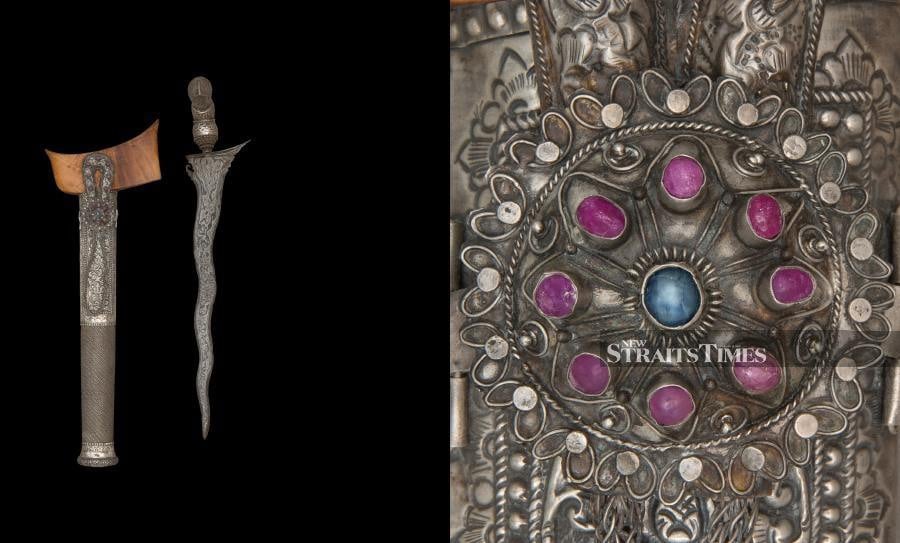
The variety of designs is as wide as the archipelago itself. The origins, as with so much in the region, lie in Java. Evidence of the early influence of India on Javanese culture remains, although the keris developed its own Southeast Asian appearance during the centuries of waning control from the South Asian subcontinent.
Before Islam came to dominate the region, the making of keris had been seen as a gift from Hindu deities. In many locations, they were restricted to the royal courts while in others, they were an essential part of the male presence.
Women had their own smaller alternatives, sometimes concealed in their coiffure and never for public display. Among the keris that have seldom been observed is a distinctive form, known in many parts of the Malay world as an "executioner's keris" (keris penyalang).
It may sound unappealing, but on reflection, it might be considered among the most humane forms of administering the ultimate punishment. With its long, thin and comparatively straight blade, it was intended to be driven from above the collar bone directly into the victim's heart.
MYSTIQUE OF THE KERIS
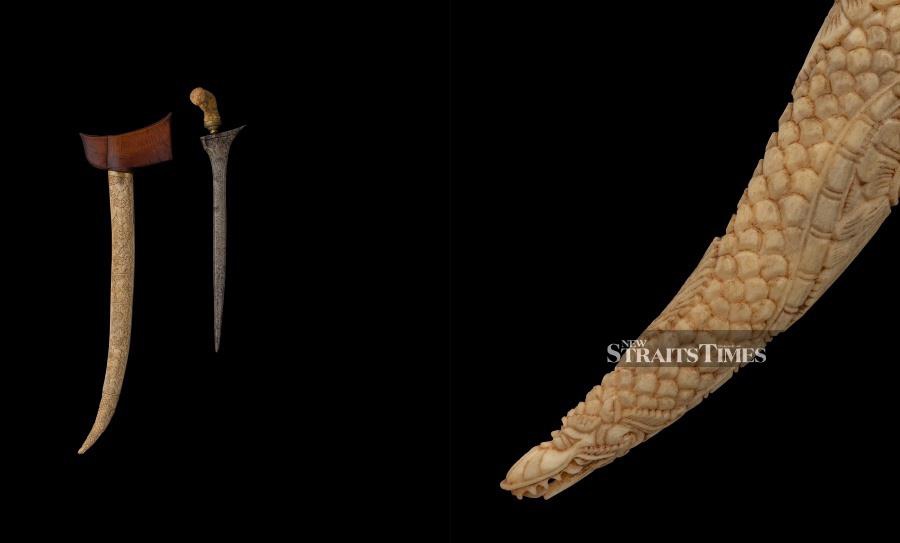
Most of the keris on display were more for show than for blows. As with Islamic and other weapons around the world in the pre-industrial age, conflict tended to be about visibility. Striking fear into the enemy's heart with the most screechingly colourful clothing was matched by swords that glittered like the sun.
In the dreary modern world of camouflage and weapons with more plastic than wood, the only opportunity to see how the flamboyance of old-style warfare is an occasion such as Queen Elizabeth's recent funeral.
The Malay world was no less inclined to extravagance. There were few military uniforms, but the keris was there to take centre stage. The hilts would spell power and influence, crated from materials that were as hard to find as hippopotamus ivory or as expensive as jewel-encrusted gold.
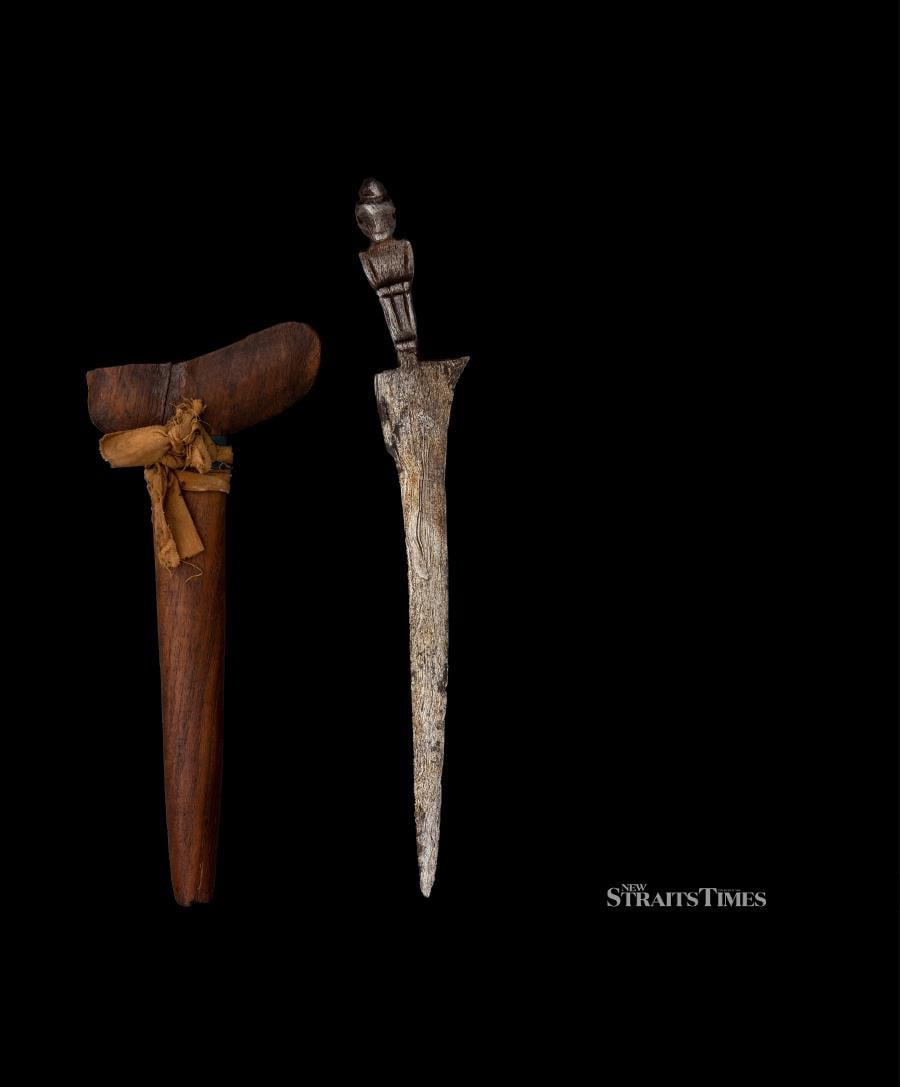
The scabbard, being the most visible component, could be equally imposing when clad with precious metals or carved from wood that every onlooker would know were exceptional. When the blades were inlaid with silver words taken from the Quran, there was a spiritual power to be taken seriously. Treasured by successive generations, the mystique could only grow.
Few weapons have accumulated as much mythology as the keris. They are believed to have abilities as diverse as flying, swimming and selecting their own victims. The exhibition is, however, less concerned with legend than with patronage, aesthetics and practicality.
The keris associations with kingship are as central to the storyline as the title suggests. The Selangor royal collection makes a highly appropriate accompaniment to the inventory of the Islamic Arts Museum Malaysia.
The Yayasan Raja Muda Selangor has gone further than collecting and has created an important initiative for reviving the living tradition of keris through royal patronage. "Talent for the World" has already encouraged a younger generation of master craftsmen to develop their skills — and to be rewarded for it.
Follow Lucien de Guise at Instagram @crossxcultural.
'Keris: Power and Identity' is at the Islamic Arts Museum Malaysia, Kuala Lumpur. It will run until March 13 next year.


